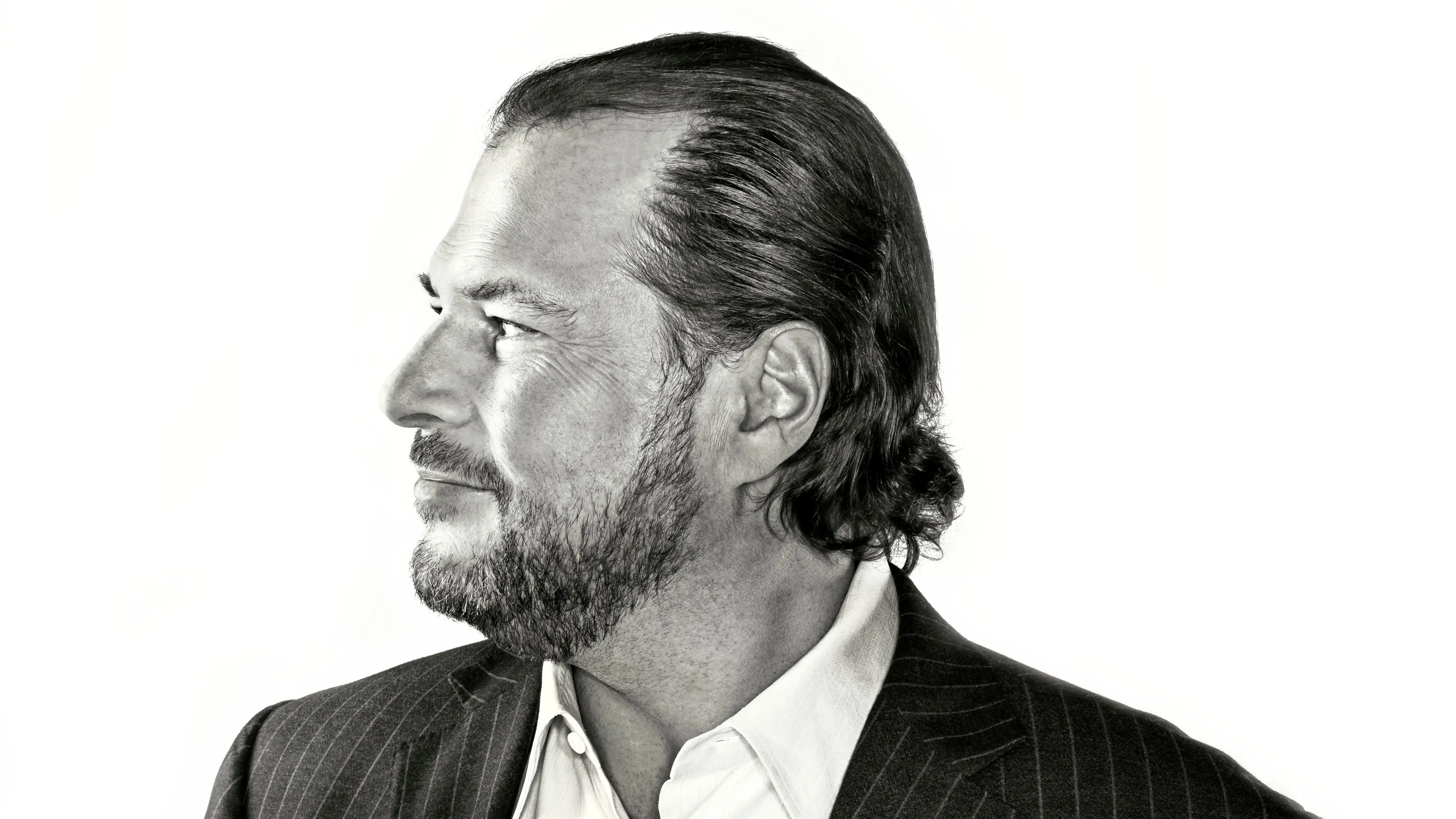Introduction: From Cloud Pioneer to AI Futurist
Marc Benioff, the visionary behind Salesforce and a driving force in the cloud revolution, is once again at the frontier of technological change. This time, he isn't talking about platforms or predictive analytics, but about an entirely new class of labor: digital labor. As he puts it, the shift to an AI-augmented workforce isn't just another trend—it's the most significant transformation in the history of business technology.
From AI assistants to autonomous agents, Benioff's vision is clear: human teams will no longer work alone. They will be paired with AI agents, building a hybrid workforce capable of delivering scale, speed, and personalization that was previously unimaginable. And in this hybrid model, Benioff isn’t just advocating AI adoption—he’s urging CEOs to stop experimenting and start executing.
The AI Maturity Journey: From Hype to Value
CEOs have moved through the three psychological phases of AI:
-
Wonder: This is revolutionary. Let's go!
-
Worry: This is unreliable. Let's be cautious.
-
Weariness: Is this even going to make us money?
Benioff’s answer? Yes—if you do it right. And doing it right doesn’t mean building DIY systems from scratch. It means leveraging platforms and partners that integrate seamlessly into your existing business fabric, like Salesforce’s Agentforce.
Agentforce isn't just software. It's a vision of a new operating layer where digital agents handle inquiries, assist with sales, troubleshoot IT issues, and guide users through complex workflows—all in real-time, all on top of your existing systems.
Why CEOs Must Embrace Digital Labor Now
Benioff calls it the "digital labor revolution." In this new economy, businesses will scale operations, extend customer service, and open new revenue channels without proportionally expanding their human workforce.
Consider:
-
Lennar Homes: Using AI agents to provide 24/7 home services and cross-sell financial products without hiring more reps.
-
Disney: Empowering cast members with product training and customer interaction support via AI.
-
Salesforce itself: 9,000 customer support agents are now paired with digital counterparts, enabling faster, more intelligent service.
In every case, digital labor doesn't replace humans. It augments their capacity, turning contact centers into revenue drivers, support teams into sales channels, and local professionals into experts.
Leading the Cultural Leap: The CEO’s New Frontier
Technology isn’t the hard part—leadership is. Benioff compares the journey to Indiana Jones stepping into the void, hoping the bridge will appear. CEOs must take a leap of faith and lead the cultural transformation that makes AI trustworthy and useful.
Trust, in Benioff’s world, is foundational:
-
Trust in the data: Salesforce’s trust layer ensures sensitive business data is secure and not shared with third-party LLM providers.
-
Trust in the AI: Acknowledging that AI isn't perfect (Agentforce is 84% accurate on average), organizations must build in human handoff mechanisms.
-
Trust in the partnership: Business leaders must surround themselves with expert collaborators, not experiment in silos.
Agentic AI and the Future of Work
The Salesforce architecture Benioff outlines is a blueprint for the enterprise of the future:
-
Layer 1: Apps that drive business workflows
-
Layer 2: Unified, federated data
-
Layer 3: The agentic layer—autonomous agents acting on data to serve users
The vision is not distant sci-fi. At Salesforce events today, robots check in customers alongside humans. These robots aren’t futuristic gimmicks—they’re physical extensions of Agentforce, representing the blend of intelligence and experience that defines this next era.
As models become commoditized, infrastructure becomes cheaper, and AGI creeps closer, the time for AI-native operations is now.
Start with Base Hits: Benioff’s Advice for CEOs
Benioff urges CEOs to drop the shame of failed pilots and move forward with purpose. His approach is pragmatic:
-
Pick a lighthouse use case
-
Show early wins to teams and customers
-
Let digital labor handle the overflow and gaps
From VF Corp's Agentforce-driven customer experience to Lennar's expanded service model, the ROI is real. But so is the cost of inaction.
Virtual Delivery Centers: The Fast Track to AI Transformation
For many enterprises, building all this internally is too slow, too expensive, and too risky. That’s why the rise of Virtual Delivery Centers (VDCs) is so timely.
A VDC offers:
-
Expert-led teams across AI, data, and workflow domains
-
Pre-built accelerators to integrate AI into business systems
-
Continuous delivery cycles to keep systems learning and improving
Just as Salesforce catalyzed cloud adoption, VDCs are catalyzing the AI era. They eliminate the need for AI tinkering by embedding agentic AI into your business processes from day one.
Conclusion: Embrace the Revolution or Be Left Behind
In Benioff’s view, the decision for CEOs is stark:
“You are either going to be part of the digital labor revolution or you are not.”
The AI transformation won’t be easy. But for leaders who take the leap, the payoff is extraordinary: leaner operations, empowered employees, delighted customers, and business models that scale effortlessly.
This is not just automation. It’s augmentation. It’s not about replacing people—it’s about unlocking new capabilities through collaboration between humans and agents.
And it’s already happening. The only question is: Will your organization lead this revolution—or watch it happen from the sidelines?

